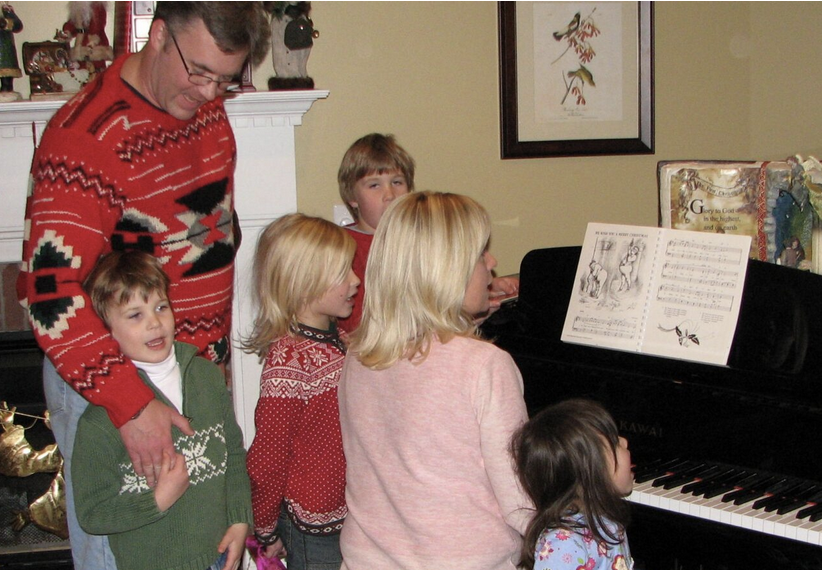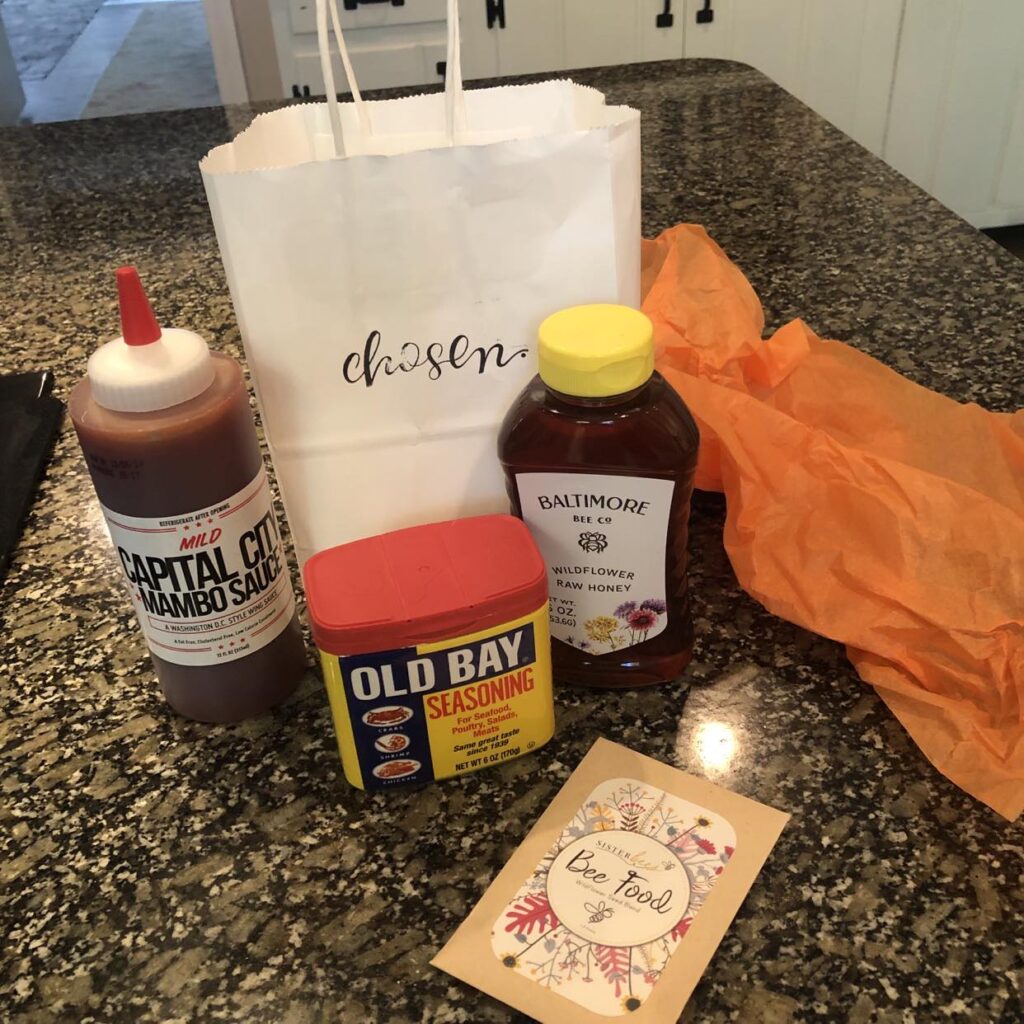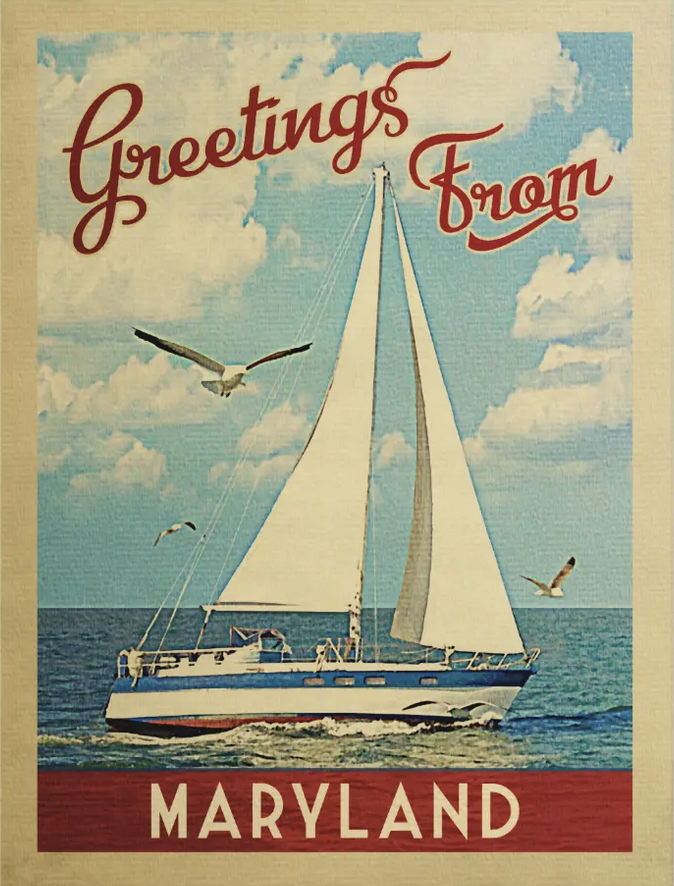A while back, I put together a post that shared some of the words of wisdom friends and family shared with me after my younger brother, Michael, died on August 9th, 2023. My hope was that it would give some small measure of comfort to anyone who needed it. Unfortunately, I wasn’t on top of checking my websites for attacks and, after one rather nasty one, the post was lost in the process of restoring the site. All of which is to say that I’m going to try to re-post what I can remember from last time. Luckily, I shared quite a few of the things on Instagram, too, so I can pull them over here.






